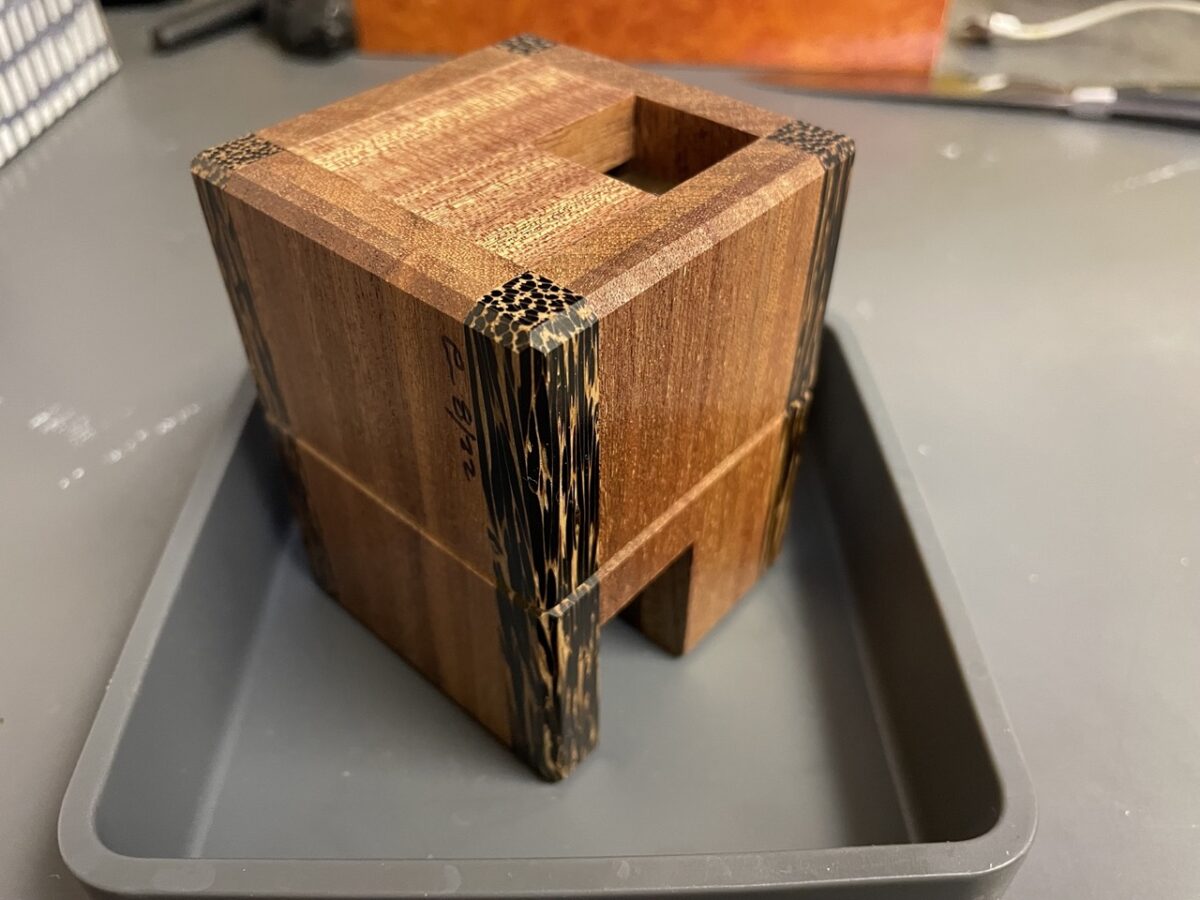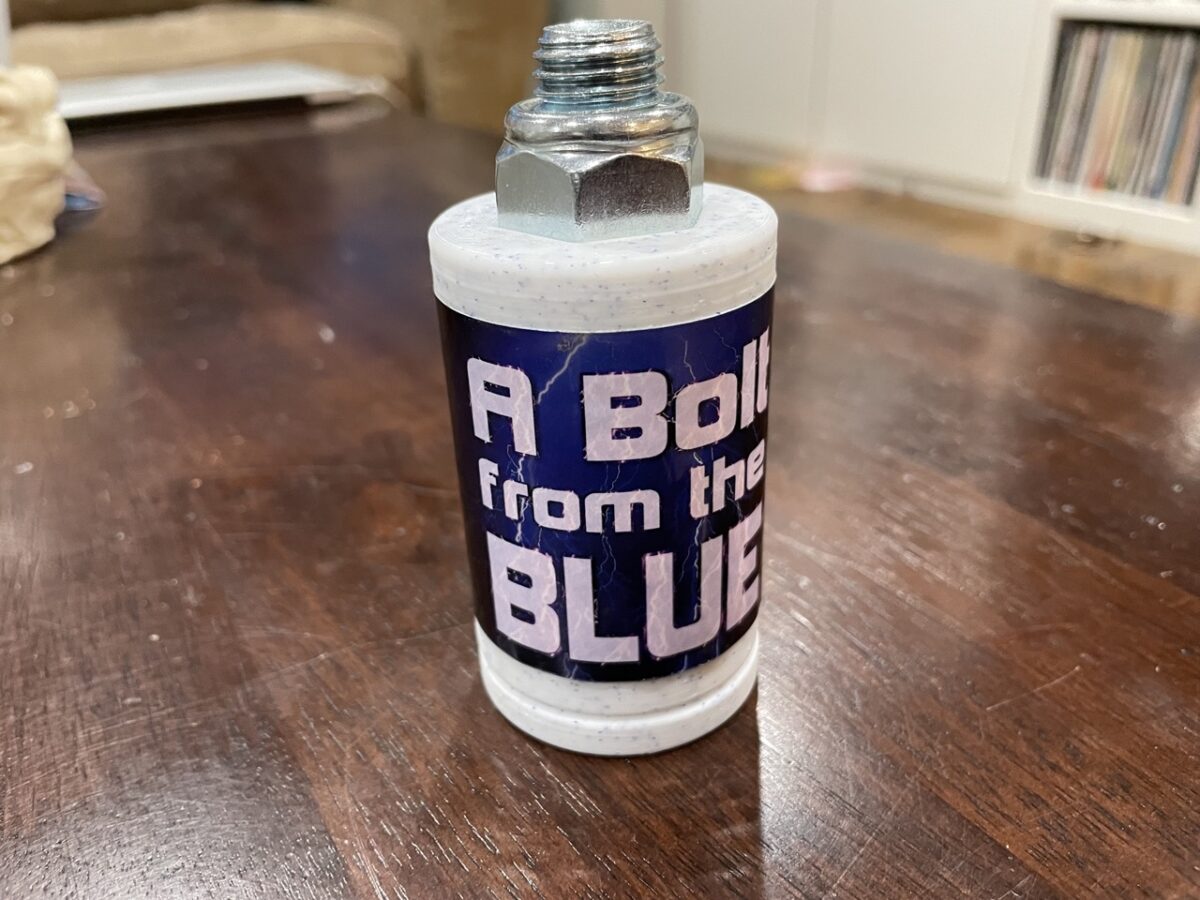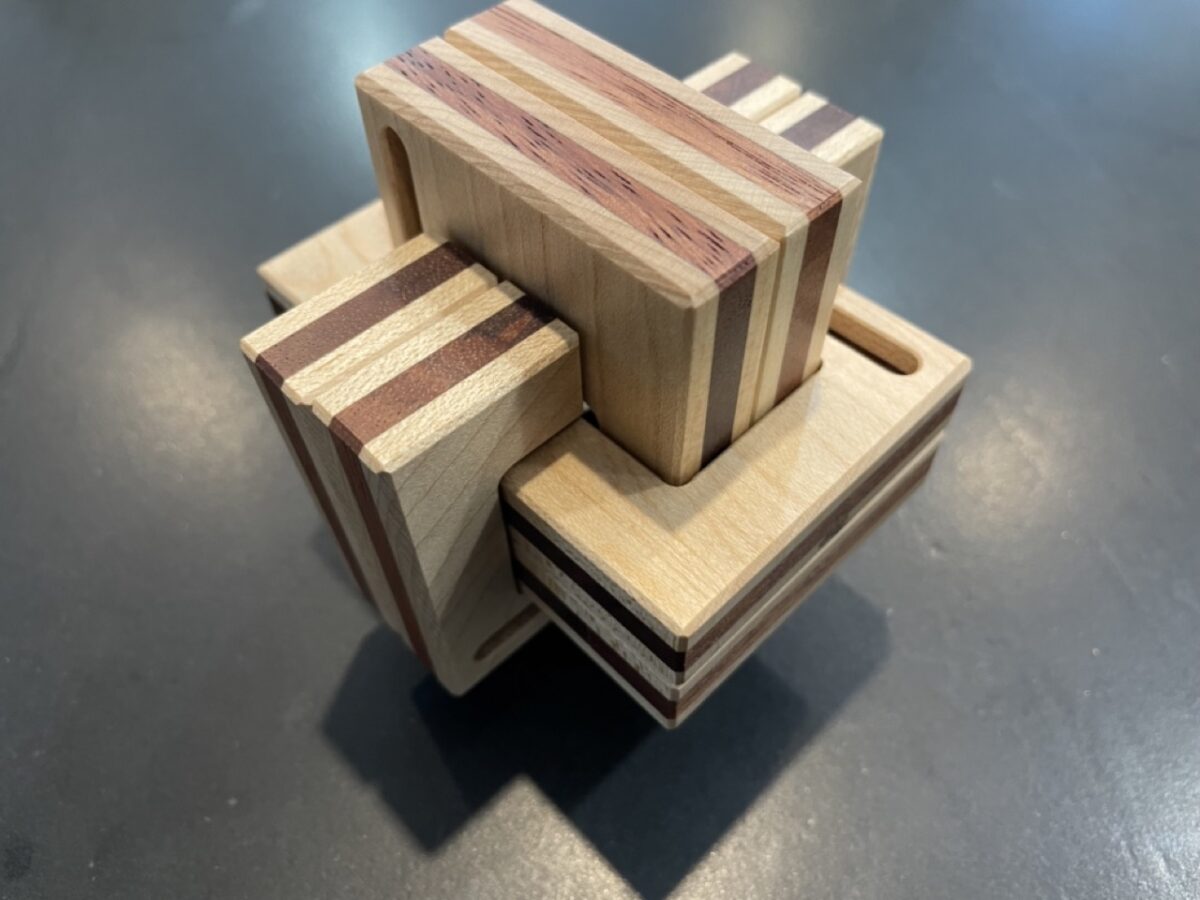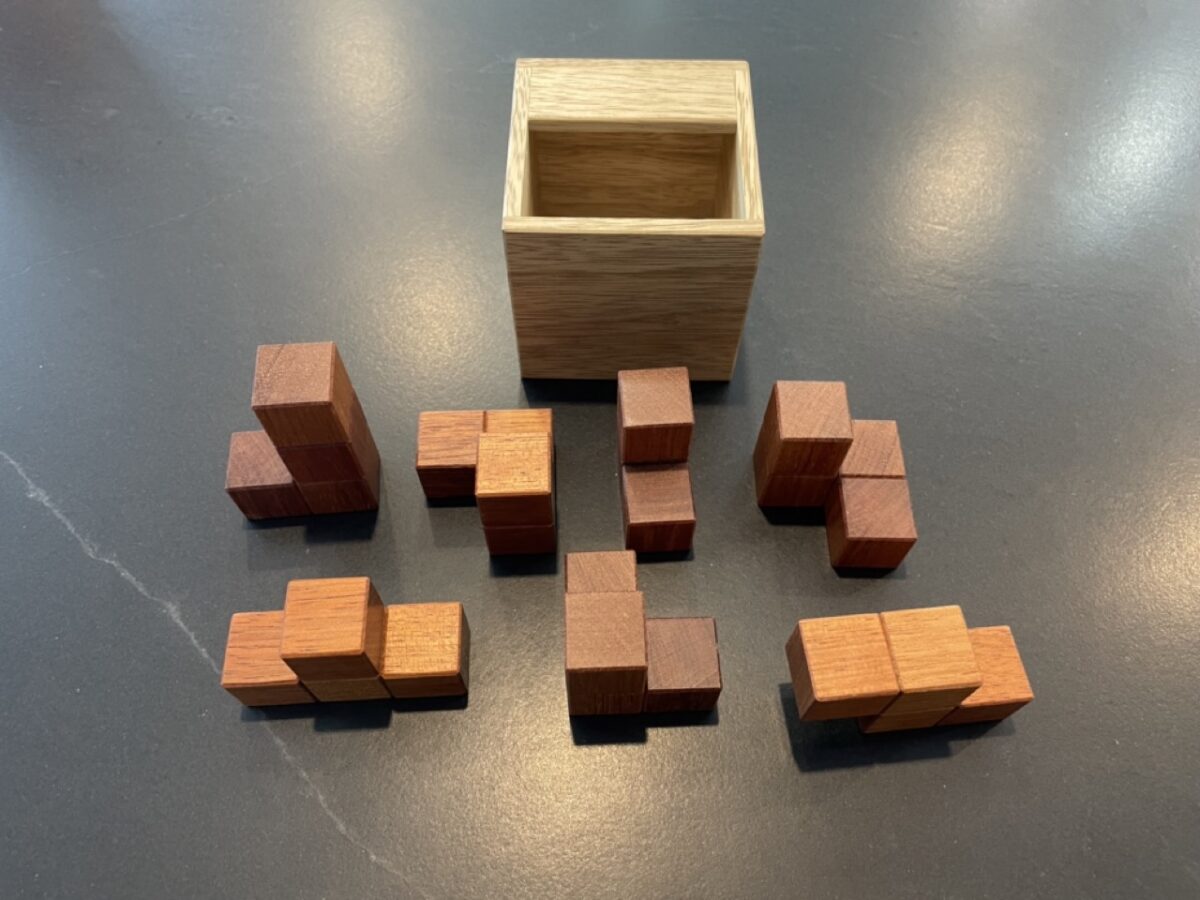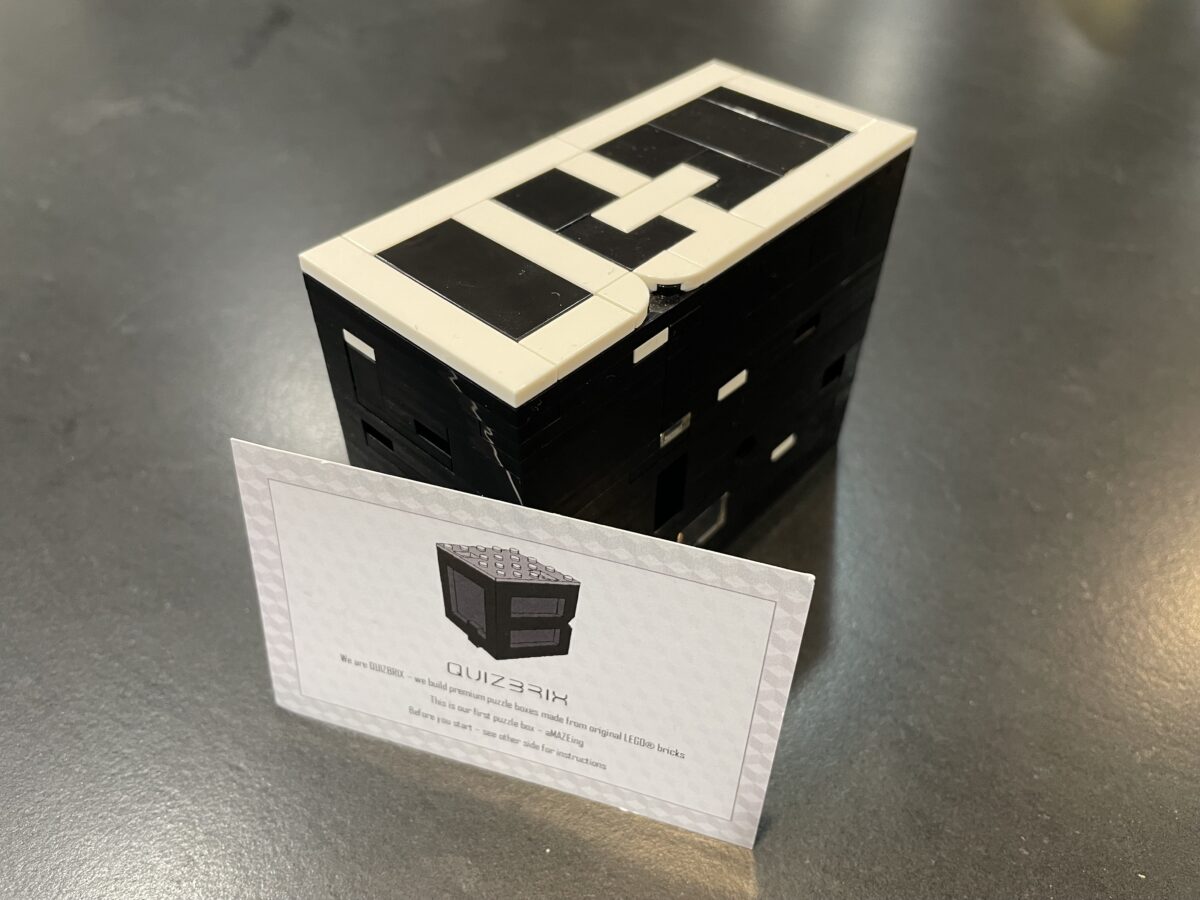-
Read More: Jammed Gem – Frederic Boucher & Eric FullerI can’t even begin to describe how impressed I am with this puzzle – and…
-
Read More: Grooved 6 Board Burr #5 – Junichi YananoseIt was about 2 years ago (holy crap where does the time go?) When I…
-
Read More: SOMA-FLOP – Dr. Volker LatussekI love me some DVL puzzles. Some of the best moments I’ve had puzzling were…
-
Read More: aMAZEing – QUIZBRIXFor years, I’ve been seeing LEGO puzzles pop up here and there. I’ve never solved…
-
Read More: Grooved 6 Board Burr #4 – Junichi YananoseYay! I’m back with another board burr – This time, it’s number 4 of the…

